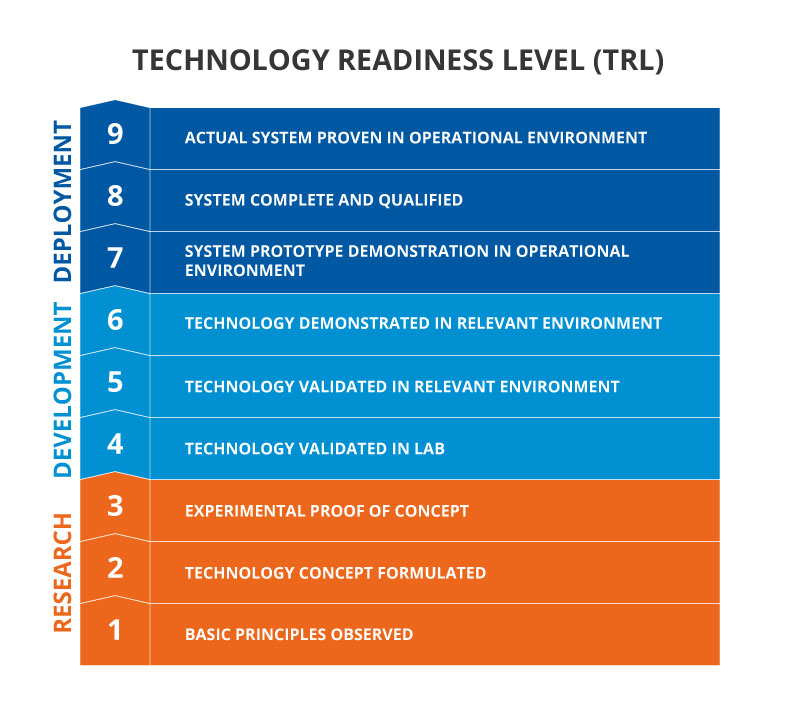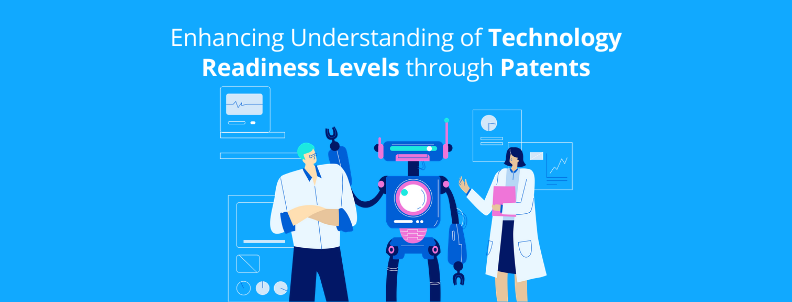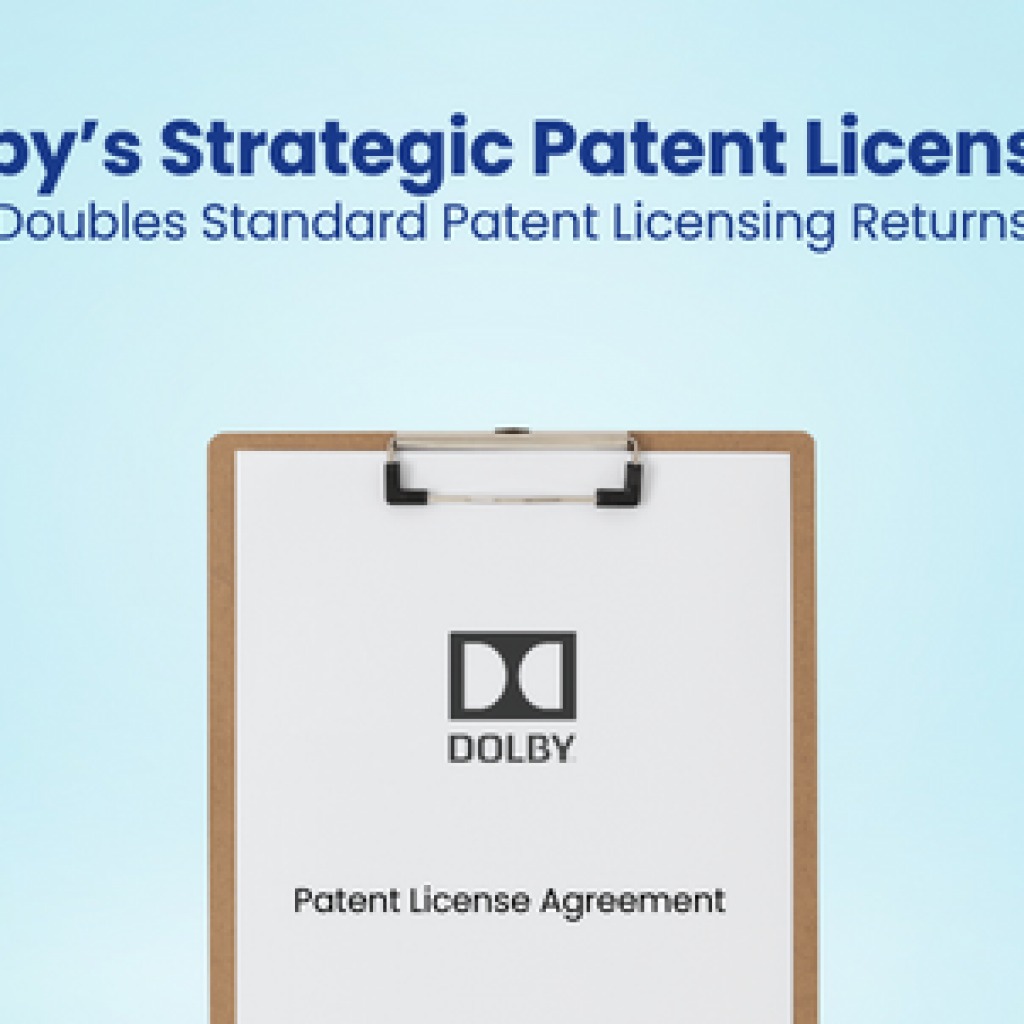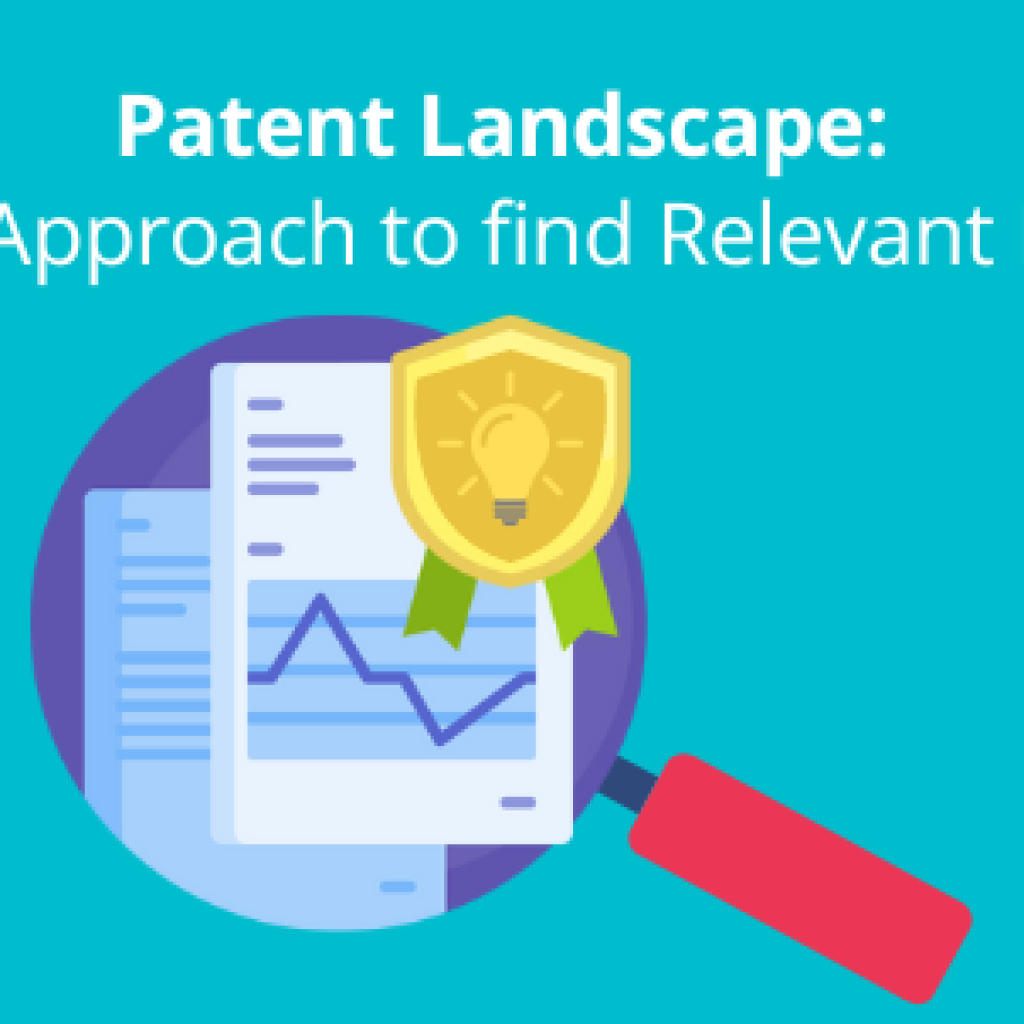“In some ways, Technology transformation can be a little confusing”, I thought to myself as I sat writing this article.
Why’s that? you ask.
Well, to many of us transformation can implicate finality – that once we’ve managed the shift, that’s it. Now we can reap the rewards of it for years to come. But with technology, that’s never the case.
Remember the “wonder material” of the last decade? – GRAPHENE. Although attempts to study graphene trace back to 1859, an explosion in research around the material started in 2004. Its unique properties engendered high expectations in a host of areas, including advanced composites and new types of electronic devices.
But that was then and now, after 16 years of research, we can say it’s still in the making. But what if I have to define “still in the making”? How to tell where exactly we are in the making?
Now that’s where the Technical Readiness Level (TRL scale) comes in.
What is that and why you need it? Let me tell you all about it.
What is TRL scale and why should I know about it?
For starters, the TRL scale was developed at the National Aeronautics and Space Administration (NASA) in the 1970s. It is a tool and a standardized method for assessing technology maturity for use in complex system development. The metric has nine technology readiness levels for describing or estimating the maturity of any technology from concept formulation (TRL-1) to the highest degree of application/commercial readiness (TRL-9).
The image below depicts each of these levels.

The TRL scale, in brief, uses a set of questions designed to measure the progress of the technology towards commercialization. Industry players can use this scale to identify immediate next steps for a research or technology development project.
What does the TRL scale bring to the table for an organization?
Knowledge of TRL for any technology provides a fair amount of benefits, such as :
- Funding: TRLs can help organizations to better manage their R&D funding (by providing more accurate information). Further, it aids in attracting government funding and research grants for various technology stages, which can then help progress the innovation to a higher stage.
- Risk and uncertainty management: TRLs could help organizations manage and decrease the risk levels in R&D (by helping to identify weak and risky points in the projects).
- Reduced Complexity: TRLs enables communication of complex dynamics in a simple manner, allowing managers to make decisions more rapidly and in a more agile fashion.
- Lack of time for development: Although TRLs will not buy any time for organizations, it can avoid delays by providing accurate information regarding the current status of the technology. Without TRL, maturity may be overestimated and result in schedule overruns.
- Portfolio management: TRLs helps organizations balance their portfolios by providing accurate information about technologies’ developmental status.
- Cost reduction: Although TRLs will not directly reduce costs for organizations, it can avoid inefficiencies and unnecessary efforts by providing accurate information regarding the current status of the technology.
- Strategic alignment: TRLs would make it easier for managers to align their R&D to the overall strategy, by understanding the nature and the development path of the technology.
But while there are abundant advantages to TRL, there are certain pitfalls associated with them that must be avoided to ensure efficient assessment and development of the technology.
What are the Shortcomings of TRL?
When the TRL level is low, managing technology risk becomes increasingly important. This includes understanding whether there is a defined strategy for maturing the technology, or if the said technology could be developed to a sufficiently high TRL given budgetary constraints, and so on.
To answer these questions, companies need to accurately identify the maturity level of technology. However, since the inputs for creating the TRL scale are generally market information and expert analysis, this implies a risk of personal bias. Hence, there may be instances where companies may fail to realize the true readiness level of technology. For example, a company could overestimate the development of technology, resulting in high costs down the line when it realizes the failure of underdeveloped components of the technology in meeting stakeholder expectations. This might turn out to be rock bottom for the technology.
Something similar happened in the Blockchain Industry. By August 2019, there were more than 6,500 active blockchain projects on GitHub. A lot of startups and big names moved forward to make blockchain solutions.

Image credit: marketoonist.com
Yes, everybody was talking about it. But did it really change everything? Were the potential applications indeed endless?
The answer to both of these questions is a certain NO.
What these companies did not realize was that they just might be seeing a phase of hype cycle rather than actual readiness of the technology. The result is one after another Blockchain Use Case Failure, no impactful solution implementation, and reducing investments. The worst part is business moving away from the hype either because of realization or just because they are running out of money.
Further, as the TRL scale is also built on the basis of tests completed in the development of technology, this limits its application in certain areas- this may be true for technologies that are very new and the research is under wraps. The TRL scale fails to identify risks or challenges, which is a critical aspect of technology development. (Source)
Last year, ARUP, multinational engineering, design, and consulting firm published “Blockchain Technology Timeline” based on 25 case studies. Of these 25, WaterCoin is the only project that was estimated to reach TRL 7 the earliest, i.e. in 2020.
Wanna take a guess on the latest uncovering on WaterCoin?
(Hint: It is already on the verge of extinction!)
Okay, So how do I overcome these shortcomings of the TRL Scale?
This requires an improved approach so that companies and research entities can improve their interpretation of the Readiness Level of technology with respect to the above points. Let’s look at it with the help of an example-
The Heat Pump Technology
Heat Pump Technology for energy storage is an emerging technology for inexpensive storage of surplus electrical energy at the grid level. Several materials such as molten salts, silicon, gravel, etc., have been researched as materials that store energy in thermal form, and dispatch it to the grid when required by converting energy back to electricity.
For Heat Pumps utilizing molten salts as a storage medium, by analyzing the market and experts’ work, the following developmental constraints are evident–
- Specifically in the molten salt storage space, the research activity has been sparse. One of the challenges that remain to be overcome for economic justification of this technology is the lack of a high-efficiency heat exchanger that can operate at a grid-scale level. Further, it is difficult to comment on what stage of commercial readiness the said heat exchanger technology is in, as well as the challenges being faced, in the absence of any concrete commercial information.
- At a grid-scale, a large amount of energy required to be transferred necessitates certain features of heat exchangers that can provide higher performance, and achieve low approach temperatures and pressure drops. In conventional shell-and-tube heat exchangers, this is provided by long tube lengths and small diameters. However, a manufacturing and cost constraint arises here due to the large number of tubes that must be assembled together, as conventional manufacturing methods utilize drawing processes.
In light of the above, questions such as the following would come to mind while in search of an improved approach–
- How would knowing the “right” TRL level be important for the development of the technology?
- How would knowledge of solutions relating to the development of sub-components such as heat exchangers, aid in determining the overall TRL of the Heat Pump technology?
- What are the challenges being faced in the development of the said sub-components?
- What are the various sources where I can find the status of solutions to these constraints?
- Are there any entities already developing the solutions to these problems?
We found that exploring the restrictions around the commercialization of technology can help in understanding the TRL more accurately. Let’s see how it works.
Interpreting Technology Readiness Levels through a problem-solution point of view
Let’s take the example of US20180185942A1. The patent describes a novel heat exchanger manufacturing method. The applicant of this patent, Malta Inc, seems to have a solution for the above problems by introducing a new heat exchanger design – wherein modular tube apparatuses for forming a tube assembly are used, as well as methods to form these modular tube portions. Further, the manufacturing method includes a casting process that may be centrifugal, spin, vacuum, or high-pressure casting methods.
Thus, by looking at the problems that can become roadblocks in the commercialization of technology and from the study of solutions being researched that can aid in improving the technology readiness level, one can predict the TRL and stages where the technology lies currently. In this example these manufacturing methods are well-developed, the heat exchanger for heat pump technology can be implemented using them without many roadblocks in terms of testing. Once heat exchanger technologies have crossed the initial TRLs of 1-3 and get to early prototyping stages, it may be expected that Heat Pump Technology could gain more traction in being researched further. Thus, we may get a sense of the maturity of the Heat Pump technology by looking at the readiness levels of its individual components, such as heat exchangers.
Parting Thoughts
All said and done, while the TRL scale has helped determine the readiness level of various technologies to a great extent, it still can’t be completely relied upon as it is. But using additional ways like the one described above, you can gain a better interpretation of Technology Readiness Levels. That is, by identifying pain points of technology especially in the early stages of its readiness levels, and the solutions that may be adopted to overcome them.
Random question – Do you know the TRL level of Graphene?
Last we checked, it has reached the TRL level of 5-6. But here’s the catch, we can find more about it and get a better interpretation of the technology [you know-how! BD].
Now here’s another question for you – are you aiming to commercialize new technology, adopt a new technology or enhance your products by developing technology? or just looking for an enhanced understanding of its TRL level?
We can help you in your pursuit. Let’s get talk-

Authored by: Pranav Bharara and Sukha Singh, Patent analytics team and, Nidhi, Technology Research.










